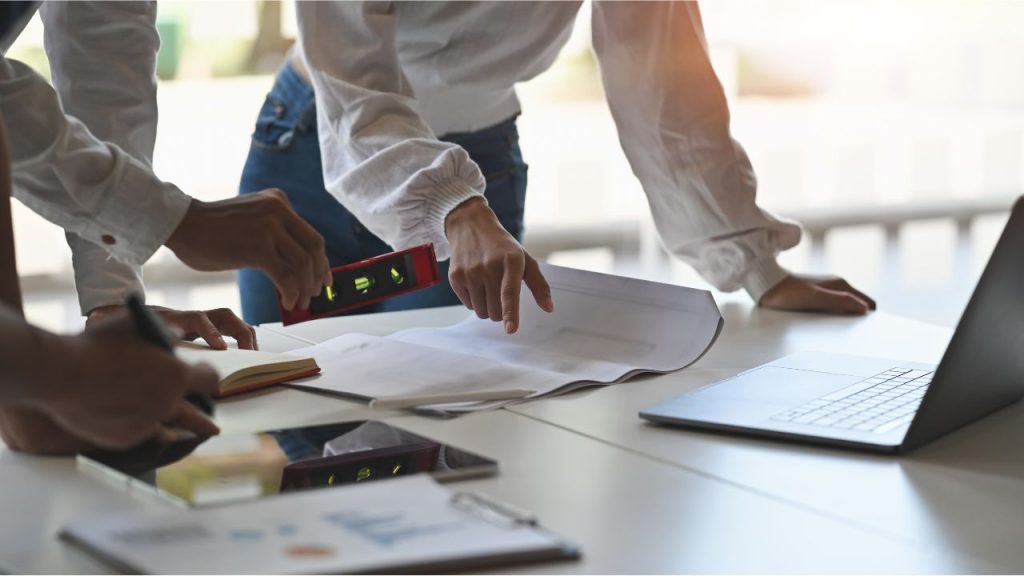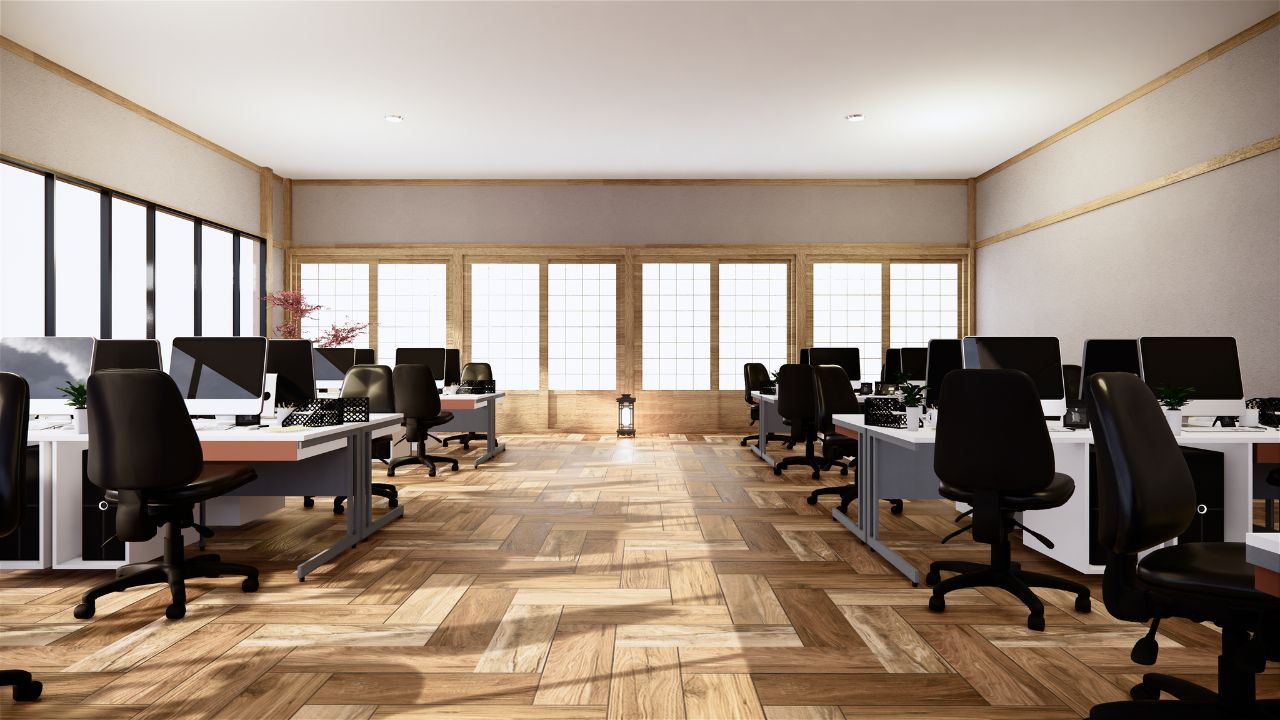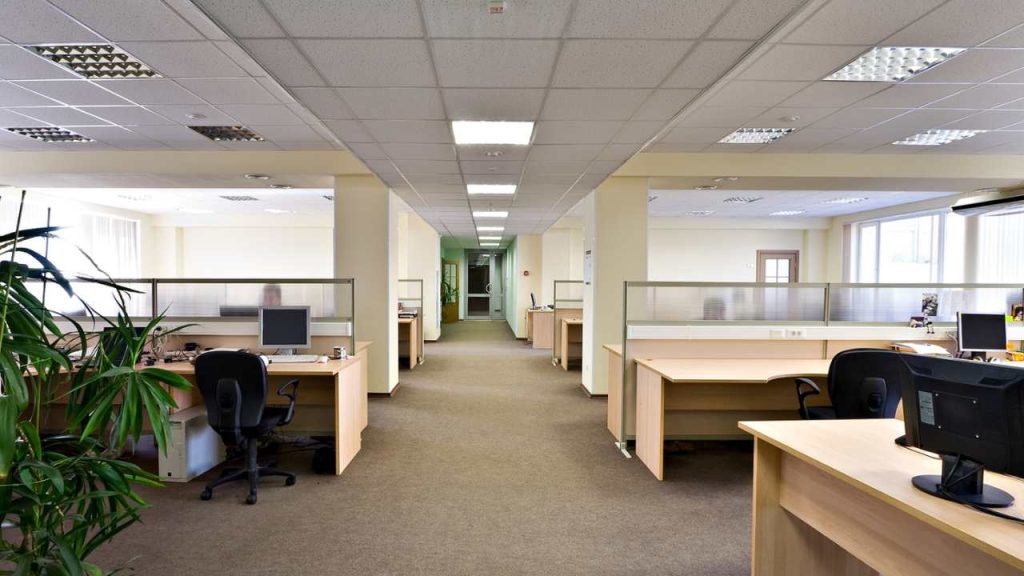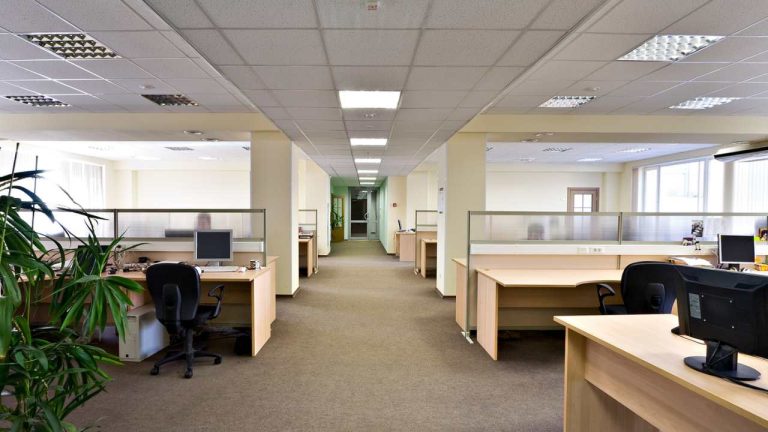Clear Cut Commercial Property Leasing Presentations
When inspecting the commercial property with a prospective tenant you will need to give the person concerned a package of information that outlines the property detail.
The contents and comprehensiveness of the presentation packet in leasing will assist you greatly in converting the deal to a successful lease. So let’s give some thought to the contents of that ‘packet’.
Leasing Presentation Packet
We have put these separate matters into a logical order that is common in the real estate marketplace.
Covering letter – This needs to summarise all previous conversations that you have had with the decision-maker. It will thank them for letting you serve them with their leasing needs and it will then detail your understanding of the occupancy needs.
From that point, you can overview the properties that you are to take them to and let them inspect. Your reasons for showing them these particular properties should also be given.
Real Estate Maps and Leasing Locations
Map of the area and greater region – Maps are always of high value in the inspection process. You need to give maps of the immediate region of each of the relative properties to be inspected and also a map of the greater region showing transport corridors and key points of business geography such as city centres, main roads, and railheads or airports.
Locate the properties – On your regional maps ensure that you highlight the location of the properties that you are showing. Some prospective tenants do not know where they are in relation to other parts of the town or community.
The Property Information Sheet
Property review information sheet – As the name suggests every property must have a property information sheet that is carefully constructed with key property information.
Given that properties can be of different types such as office, retail, or industrial, the property information sheet will be adjusted with the relevance to suit. This will include:
- Buildings name
- Address
- Area detail (site and tenancy)
- Asking rental (for the specific space plus any supplementary rentals such as signage, car parking, storage)
- Outgoings applicable to the deal
- Asking lease term
- Map of the property or tenancy
- Photographs of the property inside and out
- Floor plans of the space available for lease
- Details of council zoning that effects building usage
- Building detail to suit property type (floor loadings, the height of the warehouse, span detail in warehouse etc)
- Car parking detail and access points (plus a plan of the car park)
- Access detail and transport systems or corridors nearby
- Improvements provided in the premises for the occupants (carpets, walls, floors, fitout configuration, electrical supply, air conditioning layout)
- Services in the property (power, water, communications, lighting, air-conditioning, cleaning)
- Amenities provided for occupants (car parking, showers, tearooms, toilets, common areas)
- History brief of the property (this is general information on the age, architects, engineers)
- Demographic overview of the region
- Profile of neighbouring properties
Standard Lease
Sample draft lease document – This is not always provided at the first property leasing inspection with the tenant, but it is helpful to be able to go through the general terms of the lease with the prospective tenant.
This says that you must feel comfortable with knowing how to quickly scan through a lease and look for key issues to answer simple and focused questions from the tenant. Detailed property lease questions are best referred to the solicitor acting for the landlord.

Leasing Tools to Use
Inspection tools of trade – In any inspection, you should carry the essential tools of the leasing trade to deal with any simple questions. These tools should be in your motor vehicle and easily accessible.
- Measuring tape or laser measurer (up to 50 meters)
- Measuring wheel (for large distances)
- Laser pointer (to illustrate points of interest in the inspection)
- Laser measuring device to measure rooms and internal space or height (you can get these from any large hardware store)
- Camera (to record matters of interest or questions from the tenant)
- Note pad to use during discussions and inspections
- Mobile phone (so you can call the office or the landlord if needed)
- Compass for placement direction assessments
- Dictaphone for general notes during the inspection
GOLDEN RULE: In any inspection of a commercial property should you have any doubts or questions in your own mind regards a request for information from the tenant, do not ‘guess’ your response. Always suggest that you will get the full and correct answer that the tenant needs and that you will come back later that day in writing with the relevant information. Legal action is not uncommon in the industry for things that have been said without due care or the correct information.
BUSINESS COURTESY: After all leasing inspections are undertaken to send a simple letter or email to the prospective tenant to thank them for their interest and suggest that you will be happy to help them with any further questions that arise. Also, drop a note off to the landlord summarising the inspection and the outcome to date.
RECORDS: Keep separate written notes after all inspections with each potential tenant; it is surprising how this helps when you have premises that are attracting great interest from the market. Whilst it should go without saying, all prospective tenants must get entered into the office database after the inspection so that you can optimise the enquiry on other premises if necessary. Most tenants look around the market for only a short time (less than 2 months) and then make a new occupancy decision.









